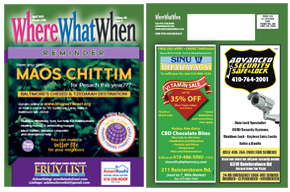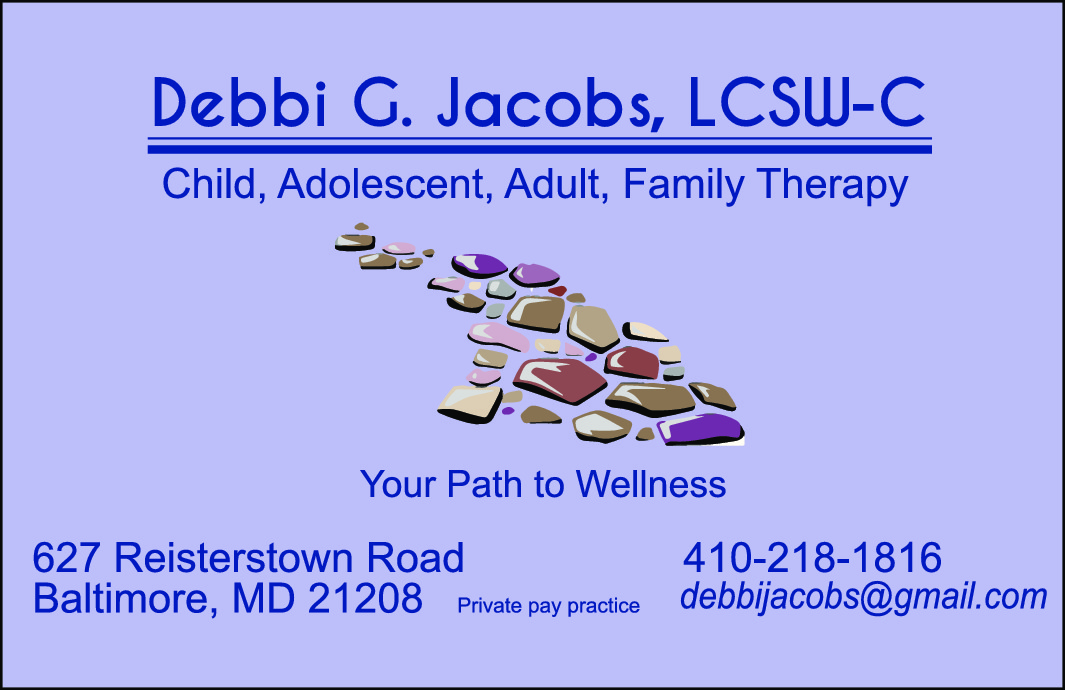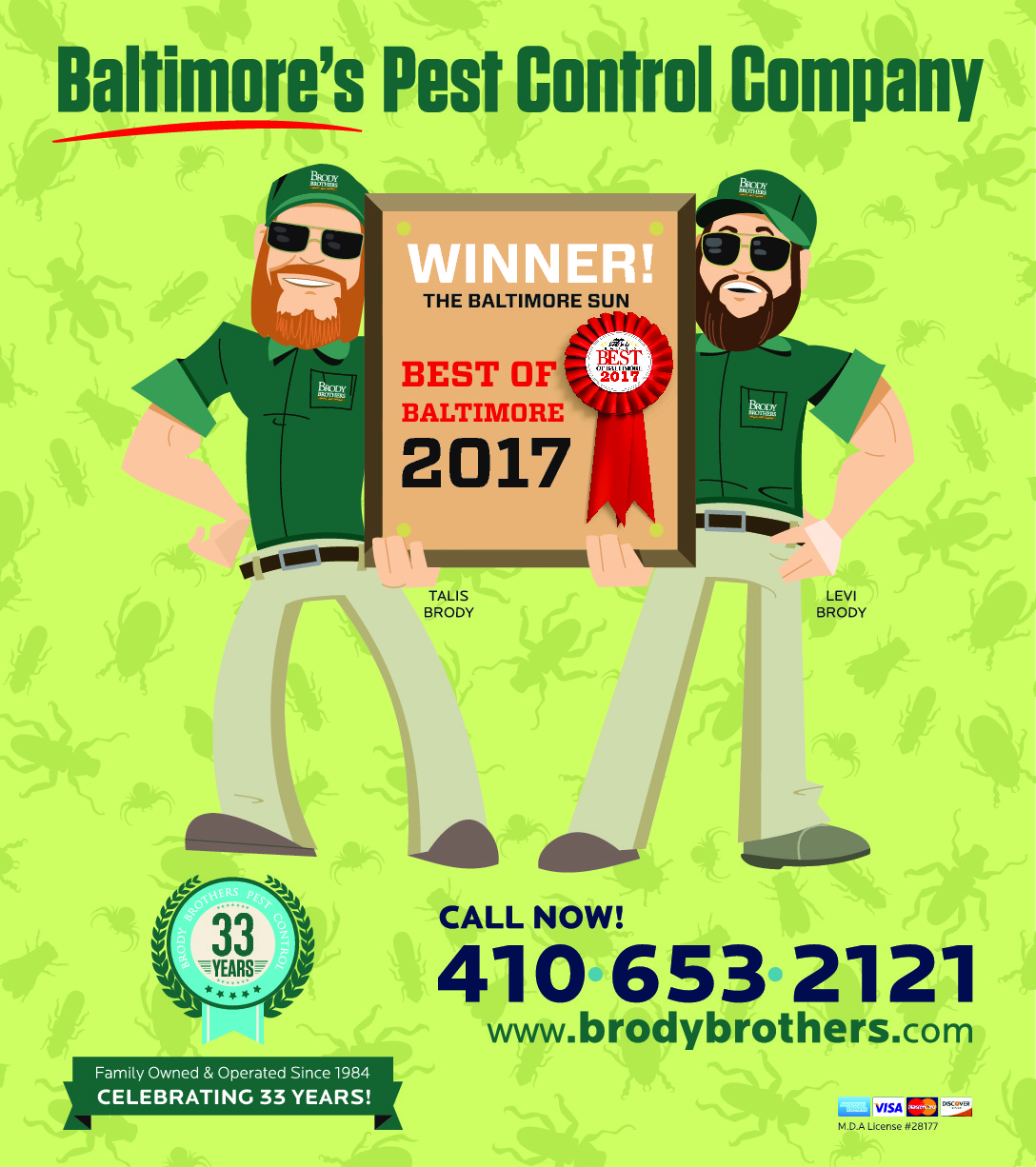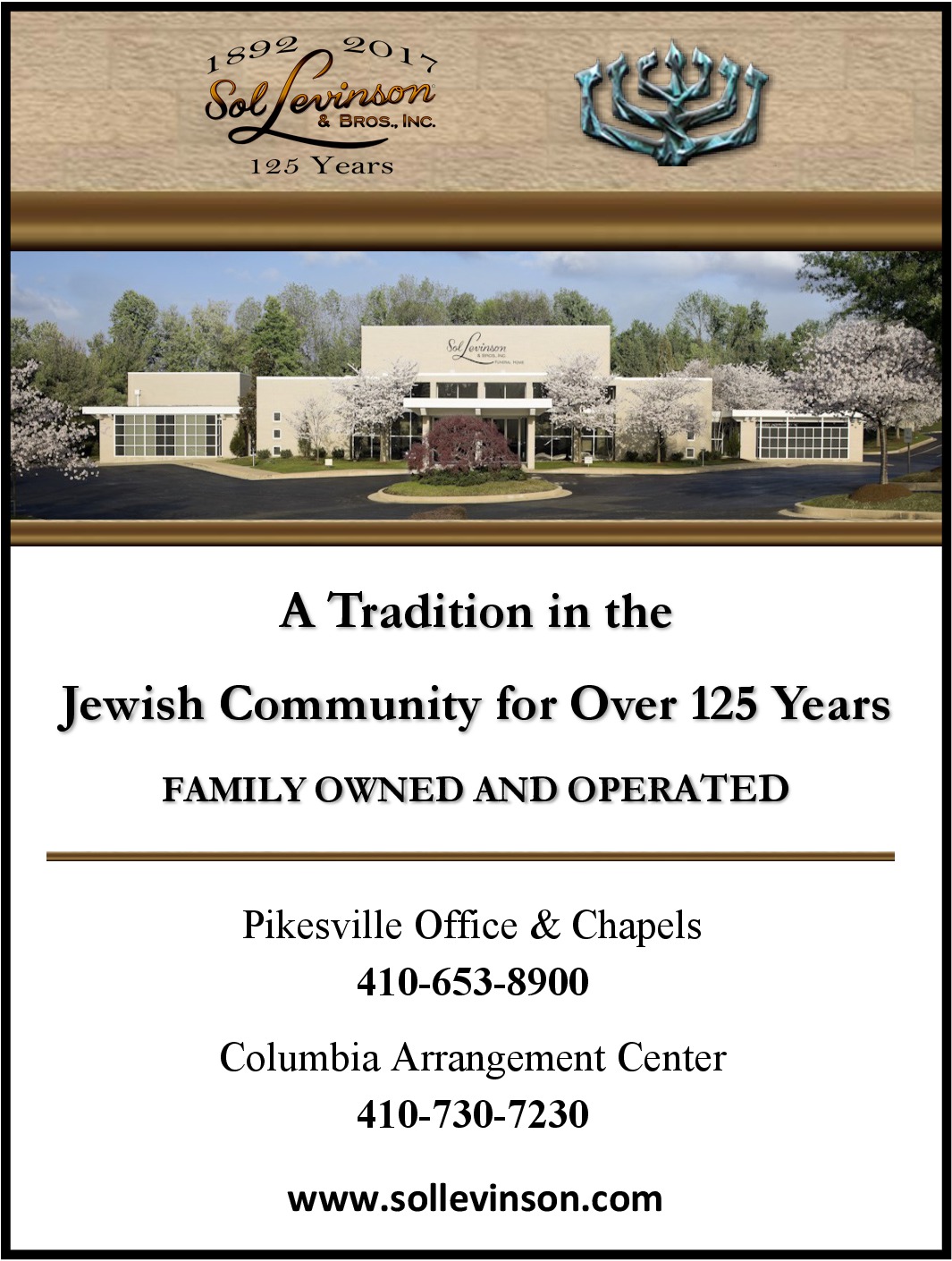Several months ago, our daughter Shani called and suggested we visit my sister Elsie Blum. Shani had learned that my 93-year-old only surviving sibling had gone through a difficult medical situation and was now recovered. Elsie lives in a retirement community in Fort Worth, Texas. Shani made all the arrangements and insisted on covering all the costs. She drove up from her home in Richmond, Virginia, and we flew out of BWI on a Sunday and returned Monday. It was a wonderful opportunity to visit our Fort Worth family and to spend quality time with my sister. Shani got especially close to her family as she attended LSU in Baton Rouge, Louisiana, for a semester and visited the Blums. Elsie has always been close to us and came to all our family simchas.
*
* *
When I was born,
my parents already had three teenage children, two sons, Herman and Albert, of
blessed memory, and Elsie, who was about 15. Our grandparents, Eliezer and Leah
Weinstock, lived with our parents, and Elsie grew up when they were a
meaningful presence in the home. My grandmother Leah died shortly before I was
born, and my middle name is Leib, after her. My grandfather, Eliezer, died when
I was eight. He was in his 90s and senile. It might seem that they had no
impact on me or later generations, but, as this article aims to show, they
indeed left us a precious legacy.
I took the
opportunity to ask my sister about life in the 1940s, especially about our
grandparents. Elsie told us that Zaide slept in one bed, and she slept in the
other bed with her Baba Lakey. Every night, Elsie told me, they said “Krishma,” and Baba davened for her two
married children, Henoch and Elkah, who were in Ukraine and unable to
communicate under the Stalin regime. She prayed that they were alive.
I asked about our
grandfather. You may know from my previous articles that Uncle Joe Weinstock
came to Alabama in 1914, and he was able to get a visa for his father, mother,
sister Pessel (Peshe), and brother Moshe. The married siblings were not able to
come on that visa. One sister, Rochel, and her husband Abraham Chudnowski went
to Cuba, and the two others stayed in Ukraine. You may recall from my
previous articles that Uncle Joe was the only shomer Shabbos layman in
our town when I was growing up. His body was in the Deep South, but his neshama was totally in Eretz Yisrael,
which he and Aunt Rose visited year after year, the only ones in Montgomery to
do so.
From where did
Uncle Joe get the fortitude to remain so faithful to Yiddishkeit? From his
parents, of course. The kavod that my
mother showed to her parents was extra special. You see, Zaide did not
assimilate one iota in Montgomery, Alabama. He lived the way he had in Polona,
Ukraine, where he was a helper to the Mekarever Rebbe and made “moonshine” on
the side.
Elsie told me
something I never knew. Zaide Eliezer did not eat meat or chicken in the United
States. He did not eat canned foods; everything was made fresh. First, Baba was
the main cook in the house, and later my mother prepared Zaide’s meals to his
standards. Growing up, our home had a blech,
and my mother never cooked anything on Shabbos.
Then Elsie told me
something else I never knew. Zaide had a minyan in our house every weekday
night. This was not the house I grew up in. We had moved to a new neighborhood,
as did the shul. But in the old house, which was three blocks from the old
shul, there were a number of European immigrants living nearby. Mr. Snyder,
Reuven Miller’s grandfather, lived around the corner. He had a horse and wagon,
and each day would go to his spot downtown and sell fruit and vegetables. Our
next-door neighbor was “Uncle” Noach Mandelbaum. He also had a horse and wagon
and sold fruit from a different location. Elsie told me that Noach came to
America all alone; Zaide took an interest in him, and my mother found him a shidduch, “Tante Esther.” There were
others also. Maybe they did or did not work on Shabbos, but they knew how to
daven from the Old Country. So when Mr. Weinstock asked them to come make a
minyan, they were happy to come.
Elsie told us that
one evening she was sitting on the front porch. No one had air conditioning in
those days. A car pulled up with three men inside. One told Elsie that they
were passing through Montgomery and had to say the mourner’s kaddish. They were told that there was a
house where they could say kaddish.
Elsie told them that they had found the right house and to come on in.
Elsie speaks a
beautiful Yiddish with a real Southern accent. The grandparents only spoke
Yiddish. One time, years ago, Elsie told me something amusing. There was some
youth event at the shul, and they were serving hot dogs. Zaide asked her, “Vi gaist di?” Elsie answered, “Mir gayin in shiel tsu essen heise hint”
For those who don’t get it, first of all, Chasidishe Jews from the Ukraine
pronounce a “U” sound as “ee” – shiel,
not shul. But Elsie, in her naivete,
translated “hot dog” literally as a very warm canine.
*
* *
Let me diverge for
a moment to discuss Yiddishkeit in Montgomery and similar towns in those days.
The shul was nominally Orthodox, but the women’s balcony was more symbolic than
actually used. I recall in the last days of the old shul, there was mixed
seating in the central area, and those who wanted separate sat in the side
rows. Rabbis did not stay for long, and the Hebrew education left much to be
desired. If there were other shomer Shabbos laymen, they had departed by the
time I was growing up. When the congregation moved into the new shul, it
became officially Conservative, like many others in many other cities.
Conservative was the wave of the future and would attract the youth to Judaism,
people thought.
Uncle Joe
Weinstock was the only Orthodox Jew, and he did the best he could. The davening
was the same davening, and not much actually changed when they affiliated with
the Conservative movement. But Uncle Joe and Aunt Rose decided to go to Israel
every year for the Yomim Noraim, sometimes even staying for Sukkos. I can say
that my “varmkeit,” warmth, for
Judaism comes from my grandparents through their children.
I hope you
understand what I am about to write: The compromises that most of my parents’
generation made came about because of “ye’ush”
– giving up hope. They did not expect old-time religion to be able to exist in
America. They honestly felt that they were doing the best they could under the
circumstances. Hebrew school and Sunday school taught us to read, but not
to translate, Hebrew. Keeping a strictly halachic Shabbos was not the norm
among most Jews in those days. We were among the frumest Jews in Montgomery.
When I went off to
yeshiva and reported how frum people
were in New York, my father had an answer: “I may not be a tzadik in Boro Park, but I’m pretty good for Montgomery. Noach ish tzadik haya b’dorosav.” My
father was not a chasid from the
Ukraine. He was a Litvak from Tiktin. Also, my father lost his mother when he
was a baby and never knew a mother’s love. He did not have what my mother had:
a warm family that revered their patriarch and matriarch and who lived with
them in the same home. Unlike his siblings, my father adapted to the
traditional ways of the Weinstocks.
*
* *
I will skip the
story of my going to yeshiva, marrying my aishes
chayil, Feigi, who comes from a meyuchosdikeh
family that has always been frum,
generation after generation in America, and now being a great-grandfather of a
tribe of Obersteins. I tell our 12 children and our many grandchildren that I “demand”
only two things from all of them: “We are Jews, and we are a family.” Baruch Hashem, we shep nachas, and I have a real relationship with the einiklach, grandchildren. Some are
yeshivish, some are “modernish,” and all of them love Eretz Yisrael. Four of
our children and their families have made aliyah.
Our son Yoni served in the IDF; one grandchild, Gefen, is presently serving;
and recently, another grandchild, Effi, told me that he is in a program that,
if he is successful, will enable him to serve in the high-tech section of the
IDF.
Let’s go back to
Elsie. When she was about to enter 12th grade, she won a scholarship
to Camp Brandeis, a Zionist camp, for a one-week program. There, she met Julius
Blum, who was from Fort Worth, Texas. In short, after she graduated from high
school, she and Julius were married, and she moved to Fort Worth. I was maybe five
at the time, and they did not let me go to the wedding because they were
concerned I might not behave. Fifty years later, they did invite me to
participate when they renewed their vows.
Elsie and Julius
had two sons, Irwin, of blessed memory, and Marvin. Marvin is a prominent
attorney in Fort Worth. Marvin and Laurie have two children, Adam and
Elizabeth. Both went to the finest private school in Fort Worth, Trinity
Valley, where they were among very few Jews. Lizzy went to NYU in New
York, where, for the first time in her life, she met observant Jews. One of
them was Ira Savetsky from Woodmere.
One day, I got a
phone call from Lizzy. “Uncle Leonard, I have an Orthodox boyfriend, Ira. What
do I do?”
I understood that
she wanted to learn more and that she was very positive about shmiras mitzvos but didn’t really know
how. I put her in touch with a kiruv
professional in New York, Rabbi Jonathan Shippel, at Gateways, whom I knew
from when he was a student at Ner Israel. He took a personal interest in Lizzy
and told me that, in addition, Rabbi Aaron Eisemann came to the NYU campus
weekly and did outreach. Lizzy had not only an inquiring mind but a love for
her Jewishness. As she learned, Lizzy became an observant Jewess. Rabbi
Shippel told me that he arranged for her to “win a scholarship” to Neve
Yerushalayim for several months. She had gone to Israel on Birthright, and
this was her second trip to Israel. Since then, she has been going to Israel on
a regular basis at the invitation of the Israeli government.
*
* *
Today, Dr. Ira and
Lizzy Savetsky live on the Upper East Side of Manhattan, and their children
attend the SAR Day School in Riverdale, where a number of our grandchildren go.
Ira is a plastic surgeon, and Lizzy has become a very successful “influencer” with
hundreds of thousands of followers on Instagram. Originally, she focused on
women’s and children’s fashion. But now her career has taken a turn. She uses
her program to talk about Jewish identity and support for Israel. Lizzy is a
featured speaker all around the country, and the Israeli authorities have told
her that she reaches an audience that they cannot otherwise reach. Lizzy has
told me that although she lost many fans when she switched from fashion to
Judaism, she gained even more.
Her father, my
nephew Marvin, recently wrote to me that Lizzy had just returned from a trip to
Israel and is going again at the end of April to speak at another conference.
Netanyahu is a real fan. He once kept his plane waiting because he first wanted
to listen to her presentation.
Several months
ago, Lizzy was the speaker at the annual meeting in Baltimore of the Women’s
Division of Israel Bonds. This is how they described her in their publicity: “Lizzy
Savetsky, digital influencer with a passion for Jewish life, Israel, matchmaking,
and against antisemitism.”
While in Fort
Worth, we stayed with Marvin, and he told us how Lizzy is on the A-list of
Jewish life. She is very close to the Israeli leadership and the big shots in
American Jewry. They see her as a charismatic young person who can relate to a
wide range of people and help am Yisrael.
By the way, Marvin told us that he now keeps kosher, not only at home but also on
the outside. He and Laurie love spending Shabbos with his Orthodox daughter and
grandchildren.
*
* *
Now I come to the
point of this article, the legacy we received from Eliezer and Leah
Weinstock. In many of her appearances, Lizzy will discuss her journey. She
was raised in Fort Worth, and when she decided to explore observance, the only Orthodox
person she knew was her Great Uncle Leonard, yours truly, who was a rabbi in
Baltimore. But today, she proudly includes pictures of Zaide Eliezer in her
writings and is very proud of the family she comes from. Remember, we are
talking about her grandmother’s grandparents – and she connects with their
Yiddishkeit.
My sister Elsie
was raised with the living example of undiluted Judaism. In Fort Worth, she is
the matriarch not only of her family but of the shul. Elsie was
instrumental in Jewish life, as it is, in her community. She raised her
children to have strong Jewish identities, and this was passed on to their
children – expressed by the phrase many Jews know, l’dor vador, from generation to generation. It’s in our DNA. “Zinen mir vos zinen mir, uber Yidden zinen
mir.” This Yiddish saying means, “We are who we are, but Jews we remain.”
When I was mesader kiddushin at Ira and Lizzy’s
wedding, I told them under the chupah,
“Lizzy, when I asked you your Hebrew name, you told me Pesha Itta. That is the
name of my and Elsie’s mother. Just as when Rebecca brought back light to
Sarah’s tent, when you light candles this Friday night, you are bringing back
our mother, Pesha Itta.” There wasn’t a dry eye in the house.
We believe
in zechus avos. Lizzy and I are
beneficiaries of the righteous chasidim,
Eliezer and Leah Weinstock of Polona and Montgomery, Alabama. Zecher tzadikim livracha.






